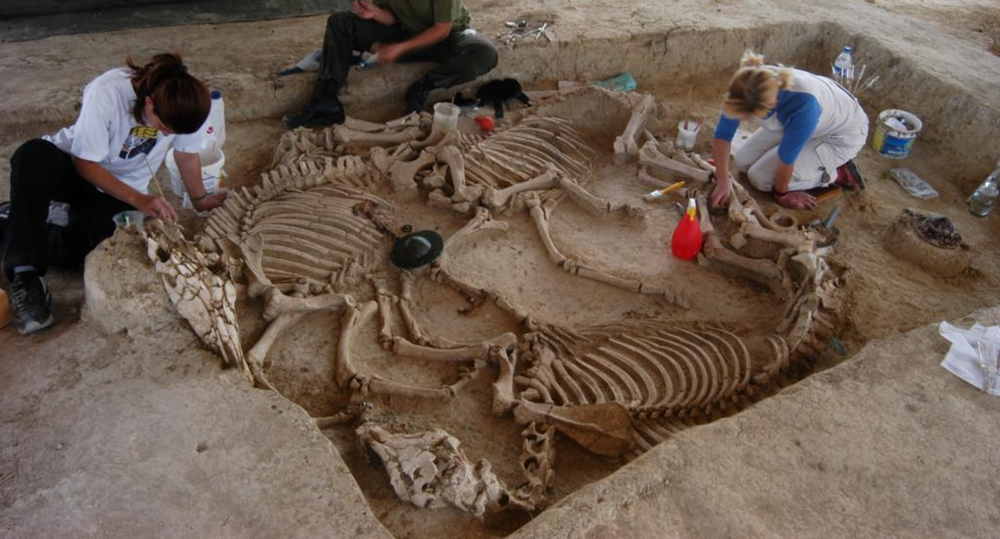
The studies and the works for the creation of a museum shell for the protection and promotion of the unique archaeological findings in the burial mound of Mikri Doxipara-Zoni on Evros are progressing rapidly, in order to create an archaeological site that can be visited, an attractive cultural pole and at the same time an important development resource for Evros and Thrace. The burial mound of Mikri Doxipara-Zoni is one of the largest mounds of imperial times in the region of Thrace and the only one in Greece where wheeled vehicles were found preserved in such a good condition. The excavation of the mound began in 2002 and lasted two years. During the excavation, four pits with cremation remains of three men and one woman accompanied by numerous bronze, iron, glass and clay grave goods, five wagons with their horses and two burials of five additional horses were investigated. All of the carriages retain their functional and decorative metal elements, while two of them retain impressions of their wooden parts. The archaeological evidence dates the whole set between 100 and 150 AD.
As far as the exhibition of the site is concerned, the basic choice is to display all the fires, carriages and horses as an unbroken unity. Great importance is attached to preserving the excavated image of the cremation pits, giving the visitor the opportunity to understand important aspects of the burial ritual of the mound. The bones of the fifteen horses are preserved on the ground, while the preserved cremation offerings are presented in groups in display cases. The carriages are reconstructed with the original parts placed in their exact position.
The course of the exhibition corresponds to the viewing of the finds in chronological order and is circular. The exhibition narrative and, by extension, the movement of visitors within the exhibition space follows the chronology of the burials and the subsequent gradual construction of the tumulus. Through the formation of a route with 18 independent stops, the visitor understands and experiences the character and structure of the burial complex, as well as the parts of the burial process that was followed during the stages of the construction of the tomb from the beginning of the 2nd century AD, when the first dead person was cremated, until the middle of the 2nd century AD, when the last cremation, of a woman, took place.
It is noted that the movable finds of the excavation include numerous grave goods, metal parts of the carriages, decorative elements from the harness of the horses, but also organic materials. Among the grave goods are 19 bronze intact vases, which constitute the largest set of bronze vases ever found in Greece. Finally, two bronze medical toolboxes for surgical instruments are internationally the best preserved toolboxes of imperial times.

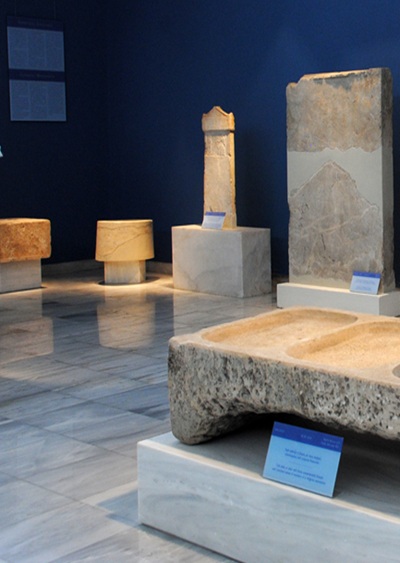
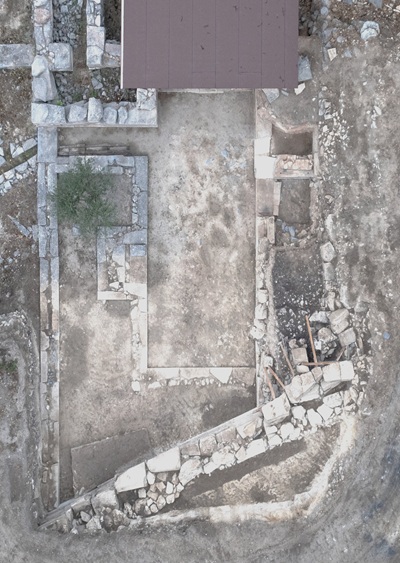
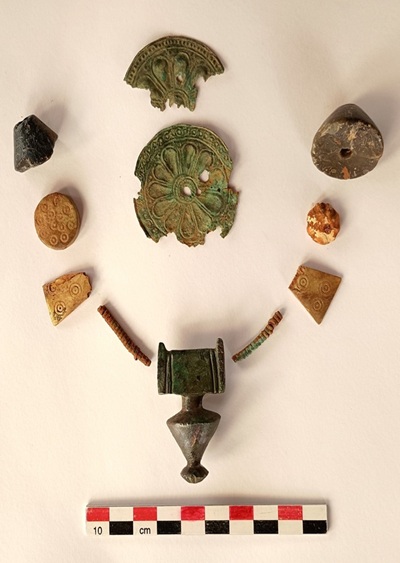
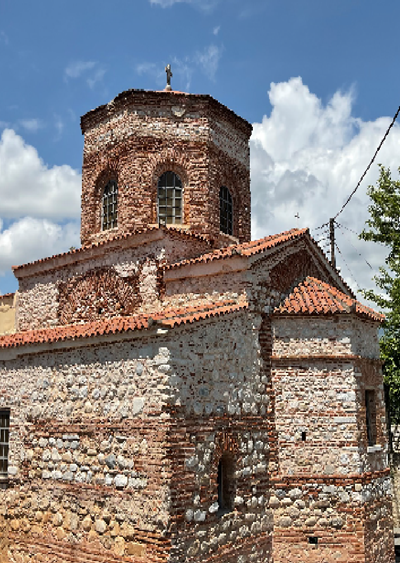


Leave A Comment